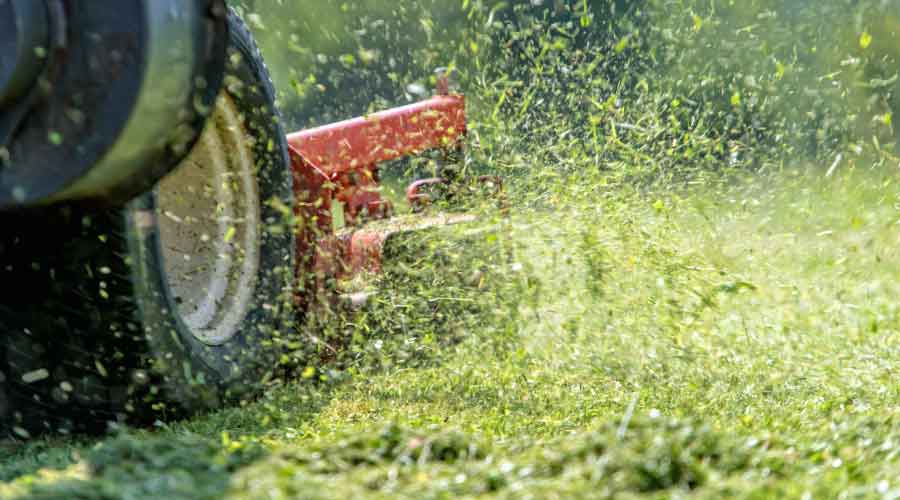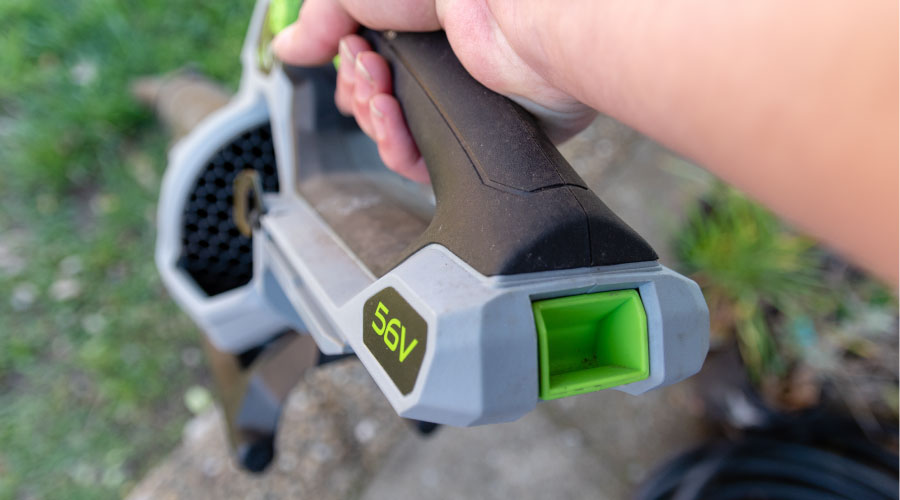Smithsonian Gardens: Roof Garden Poses Maintenance Challenges
Smithsonian Gardens, formerly known as the Horticultural Services Division, changed its name two months ago to better define its role at Smithsonian Institution. The 57-employee department is responsible for managing 83 landscaped acres, as well as 80 acres of undeveloped woodland and a storage facility at Smithsonian’s Suitland, Md., campus. Smithsonian Gardens also offers educational and outreach activities that contribute to the overall visitor experience.
The Castle building is the most revered Smithsonian Institution facility, and the building’s front yard is the Enid A. Haupt Garden — Smithsonian Gardens’ landmark landscape. The 4.2-acre Haupt Garden — a roof garden on top of three facilities — is three gardens in one, each reflecting the cultural influences celebrated in the adjacent architecture and the museums below. The fact the Haupt Garden is a roof garden with soil that reaches only 6 feet down at its deepest point poses maintenance challenges.
“One of the biggest problems is getting equipment in if we have to change plant material,” Faust says. “Right now, we’re trying to find out if there’s a load limit for bringing in a particular specimen that is quite heavy. We want to get certification that we can actually bring in this equipment to do this planting.”
“The other problem is that every time there’s a leak in the building below, it’s always our fault. It’s an easy person or group to point a finger at because we do water, and we do have fountains and an irrigation system.”
Due to the variety of plant materials and hardscape elements in Haupt Garden and the other landscapes, Faust has compiled a staff with a diverse set of skills. For example, the Native Landscape at the National Museum of American Indian features a wetland with a pond, a cropland area, a meadow, and an upland hardwood forest area — resulting in 33,000 plants from about 150 species.
“Smithsonian Gardens has an incredible horticultural staff, and that’s really the key to our success in any of these gardens,” Faust says. “In that garden in particular, we have two horticulturists very skilled in native plant cultivation. They know those grounds inside and out. Their challenge is that this native landscape requires a lot of maintenance.”
Related Topics:














